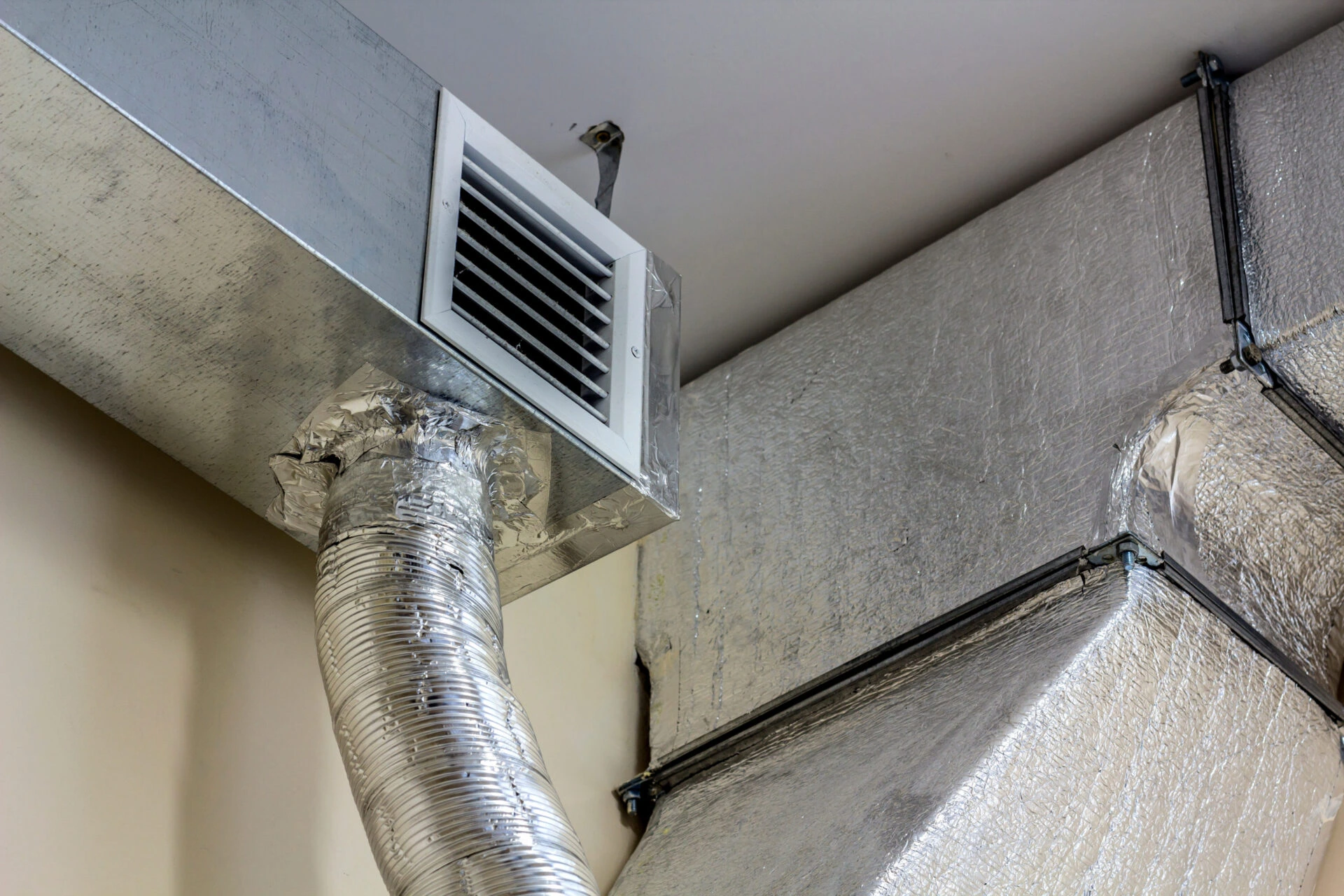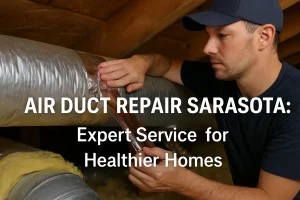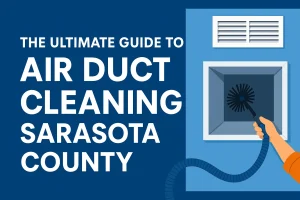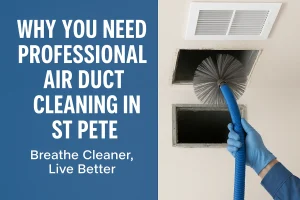Mold in Air Ducts: The Hidden Danger Lurking in Your Home
Mold in air ducts is a silent but serious issue that can spread throughout your home, reducing indoor air quality and causing health problems. Many homeowners don’t realize that their HVAC system can harbor mold, allowing spores to circulate through the air. If left untreated, mold in air ducts can lead to respiratory issues, allergies, and even structural damage.
In this blog, we’ll explore the dangers of mold in air ducts, how to detect it, and the best ways to remove and prevent it.
How Does Mold Grow in Air Ducts?
Mold thrives in moist, dark, and warm environments—making air ducts the perfect breeding ground. Here’s why mold in air ducts is so common:
✔ Excess Moisture – High humidity, condensation, or water leaks create damp conditions inside ductwork.
✔ Poor Ventilation – Inadequate airflow allows moisture to build up, encouraging mold in air ducts.
✔ Clogged Air Filters – Dirty filters trap dust and moisture, creating a breeding ground for mold spores.
✔ Leaky Ducts – Gaps in ductwork introduce humidity and contaminants that promote mold growth.
✔ Lack of HVAC Maintenance – Unmaintained HVAC systems allow mold to spread unnoticed.
Signs of Mold in Air Ducts
If mold is growing in your air ducts, you’ll likely notice these warning signs:
⚠ Musty Odor – A persistent moldy smell from your vents often signals mold in air ducts.
⚠ Allergy Symptoms – Increased sneezing, coughing, itchy eyes, and sinus congestion could indicate airborne mold spores.
⚠ Visible Mold Growth – Check around vents and registers for black, green, or white mold patches.
⚠ Respiratory Issues – Mold in air ducts can trigger asthma flare-ups and breathing difficulties.
⚠ Excess Dust & Moisture – High humidity and visible condensation around vents may lead to mold problems.
Health Risks of Mold in Air Ducts
Exposure to mold in air ducts can have serious health effects, especially for children, elderly individuals, and those with respiratory conditions.
🚨 Respiratory Problems – Mold spores can cause wheezing, shortness of breath, and persistent coughing.
🚨 Allergic Reactions – Symptoms include skin rashes, nasal congestion, and throat irritation.
🚨 Fatigue & Headaches – Long-term mold exposure can lead to dizziness and chronic tiredness.
🚨 Asthma Attacks – Mold in air ducts can trigger severe asthma symptoms.
🚨 Weakened Immune System – Long-term exposure can reduce the body’s ability to fight infections.
How to Remove Mold in Air Ducts
If you suspect mold in your air ducts, here’s what you should do:
✅ Schedule a Professional Air Duct Cleaning
Mold removal requires specialized equipment and antimicrobial treatments. Professionals use HEPA-filtered vacuums and EPA-approved solutions to eliminate mold in air ducts safely.
✅ Fix Moisture Issues
Identify and repair any leaks or condensation problems in your HVAC system. Use a dehumidifier to maintain indoor humidity between 30-50% to prevent mold growth.
✅ Replace Air Filters
High-quality HEPA filters trap mold spores and improve air quality. Change air filters every 1-3 months to prevent future mold buildup.
✅ Disinfect HVAC Components
Clean evaporator coils, drip pans, and air handlers regularly. Consider installing a UV light system in your HVAC unit to stop mold from growing inside the system.
How to Prevent Mold in Air Ducts
Preventing mold in air ducts is easier and more cost-effective than dealing with an infestation. Follow these tips to keep your HVAC system mold-free:
✔ Control Humidity – Keep indoor humidity below 50% to prevent moisture buildup.
✔ Use HEPA Filters – High-efficiency filters help capture mold spores before they spread.
✔ Schedule Regular HVAC Maintenance – Annual inspections help detect mold in air ducts early.
✔ Clean & Inspect Air Ducts Every 3-5 Years – A professional cleaning removes mold, dust, and allergens.
✔ Ensure Proper Ventilation – Improve airflow in moisture-prone areas like bathrooms and basements.
Final Thoughts on Mold in Air Ducts
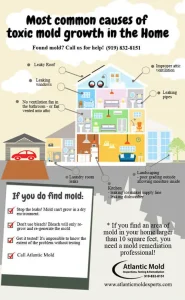
Mold in air ducts is more than just an unpleasant odor—it’s a serious health hazard. If you notice signs of mold in your HVAC system, take action immediately to prevent it from spreading. Regular air duct cleaning, moisture control, and proper HVAC maintenance are key to keeping your home safe and mold-free.
Need Professional Air Duct Cleaning?
If you suspect mold in your air ducts, contact a professional for a thorough air duct inspection and cleaning today!

